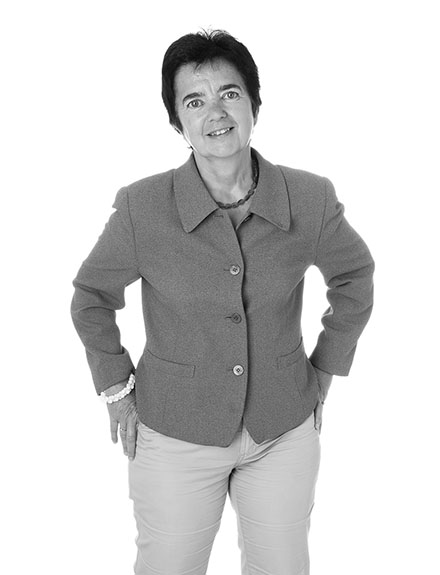| marie-hélène le ny |
|
photographist |
|
You are not born a scientist, you become one! You become one in different ways, either because you are trying to understand things – as a child I dismantled a doll to understand the mechanism that made it blink – or because someone takes the time to answer your questions... My father entirely took the engine of our car apart simply to answer our question as to how the engine worked; he gave us details of all the pieces and laid them out on the ground... A scientist gets a bit annoyed when there is something he does not know, so he digs, he dares to try things and open up new horizons for himself. He knows that he does not have all the skills, so he goes to look for them. A research team is a fundamental tool, it is a collection of researchers with different technical skills, ages and cultures, who all have a shared objective and work together in the same direction. Science is truly a garden that is open to everyone.” |
|
||
|
Monique
Thonnat |
|||
|
|
|
|
